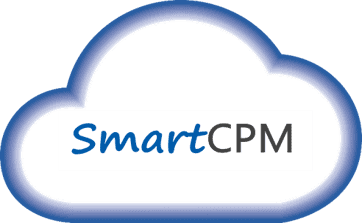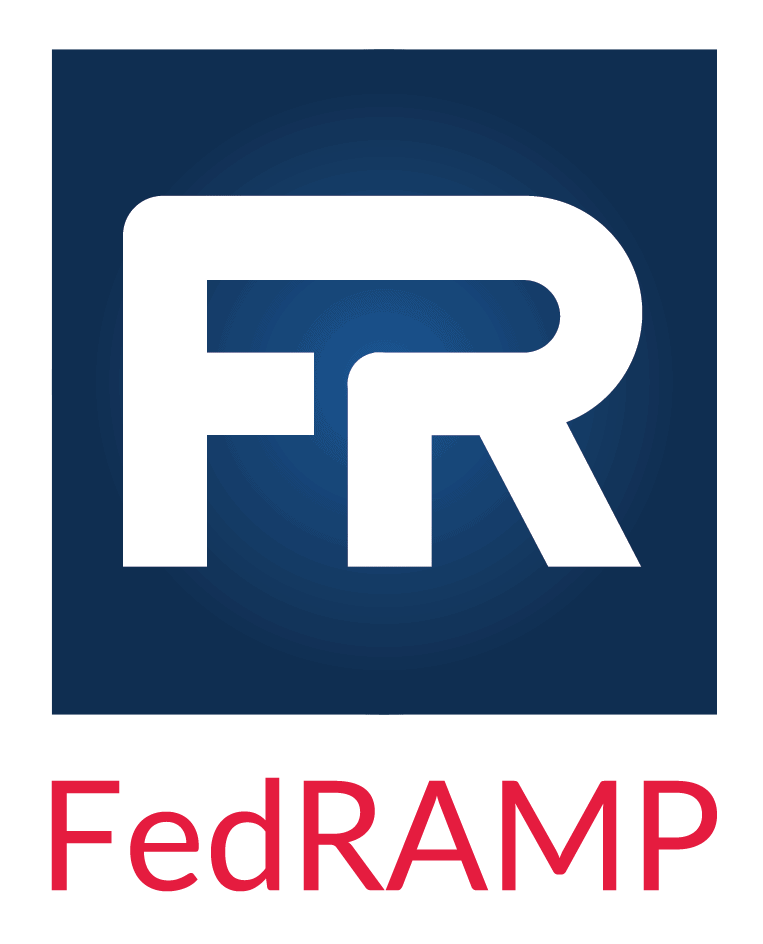OneStream and Microsoft Azure Fire Up the Cloud: A Chat with Mark Angle

Over the past several years, adoption of cloud-based corporate performance management (CPM) solutions has been accelerating as organizations embrace the advantages of this deployment approach. OneStream Software has offered our XF Cloud SmartCPMTM solution since 2015 and we are seeing tremendous growth and increasing adoption of cloud solutions to accelerate delivery, reduce costs of ownership, and streamline financial processes such as financial close, reporting, planning and analysis.
I recently spoke with Mark Angle, our vice president of IT and cloud services, to get a better understanding of cloud adoption, our partnership with Microsoft and its Azure cloud service as well as our recent FedRAMP authorization for our cloud services for government agencies.
John: The shift to cloud-based corporate performance management (CPM) appears to be accelerating in the market. How is this trending for adoption of OneStream XF Cloud?
Mark: Our XF Cloud solution really started taking off in 2017, and in 2018 we’ve moved to a point where cloud is about 85 percent of our new contracts. It’s a large shift from three years ago where cloud solutions accounted for about 20 percent. We are getting to the point where deploying on-premise is becoming an exception.
John: How about existing customers that have started out on-premise? What’s the migration path to the cloud?
Mark: One of the advantages of OneStream is the easy path we provide to the cloud. Several customers have already made the migration from on-premise to the XF Cloud, demonstrating how simple we make the process.
The migration path is a matter of saving the database files on the customer’s end, then sending those database files to us. It’s usually four or five different files that are sent to us using a secure method. We restore those into the XF Cloud environment, and all-in-all the full migration takes a matter of hours to get everything done during the actual cut over.
John: For customers using XF Cloud, what kind of managed services does OneStream offer?
Mark: OneStream takes the place of customer IT groups when it comes to cloud deployment. As with any Software-as-a-Service (SaaS) offering, we do 100 percent of the monitoring, upgrades and maintenance of our software. The difference with OneStream, as compared to other software providers, is that we provide an ultimate single-tenant solution. This is much more secure, and it provides an environment that’s more configurable for each customer. This enables us to provide many more options in the way that the software is deployed for customers. For example, customers have the ability to use different authentication options and different connectivity back to their network, which is critical for the larger customers that have strict corporate standards.
John: Let’s talk about Microsoft. From day one OneStream XF Cloud operated on Microsoft Azure. Why was Azure selected for our cloud platform?
Mark: Microsoft Azure is one of the two biggest public cloud offerings available, giving OneStream the ability to serve an expansive geography across the globe. This gives us a good proximity to wherever customer headquarters or IT teams are based, close to where their source system integrations would be. Azure helps to provide a presence without having to lay down a lot of valuable capital investment from OneStream for our own servers.
OneStream the ability to serve an expansive geography across the globe. This gives us a good proximity to wherever customer headquarters or IT teams are based, close to where their source system integrations would be. Azure helps to provide a presence without having to lay down a lot of valuable capital investment from OneStream for our own servers.
The reason we picked Azure over the other major provider, Amazon Web Services (AWS), is that OneStream is 100 percent built within the Microsoft stack. That means we use Microsoft products all the way through our platform and our add-on solutions. Microsoft SQL Azure-as-a-Service solution in Azure integrates very cleanly with what we offer with OneStream.
John: What would you say is the main advantage of the Azure cloud platform?
Mark: Microsoft, being one of the largest companies in the world, has the ability to outlay capital for data centers, globally. They came onto the scene a little later than Amazon in the data center space or the public cloud space, but they came on with a vengeance. They came out with a product that was gang-busters right out of the gate.
Microsoft was initially toe-to-toe with AWS, but now they’ve taken off where they have at least two to three times the physical footprint of AWS around the world. This means we are able to offer services to customers more quickly in places such as Europe and in South Africa, where Amazon is just not there yet.
John: I understand we have been coding our software to the Microsoft Azure “fabric.” What does that actually mean for OneStream and our customers?
Mark: Public cloud providers basically have large data centers around the world, and what makes them special and different from the traditional data center is resources that can scale at-will to handle increased capacity needs and even spikes. We’re taking advantage of that within Microsoft Azure. With our deep Azure domain knowledge, we’ve standardized over the course of several years on the types of server and database offerings that they have. As a result, we have been able to tailor our product to expect the types of hardware that will be encountered in Azure as well as having cultivated a finely tuned environment around the product with Azure-specific components incorporated for management, monitoring and security.
John: What’s your experience with Azure to date in terms of availability, performance and security?
Mark: We’ve had incredible experiences with Azure. We have really great Service Level Agreements (SLAs) on all of the services that we use. Each service has an individual SLA that we combine into our overall offering. With XF Cloud, we include that for customers and we stand behind those SLAs.
Even if you set up a data center in a co-location facility or on-premise in your own facility somewhere, you’re not going to be able to 100 percent remove any downtime. IT experts are very aware of this. All you can do is try to go for the highest uptime possible. That’s why uptime is measured in nines, typically 99.9 percent and higher. OneStream has planned for any type of failure that could happen. We’ve built in disaster recovery and business continuity features within the back-end, so that even if there were some sort of downtime from Microsoft, our customers are rarely affected. This is because of the dynamic nature in which we employ business continuity.
John: Great. I know we are continuously working on XF Cloud to add new features and benefits. Can you talk about what’s new in XF Cloud and what’s ahead?
Mark: Personally, I’m excited about the new X-Scale offerings that are going to come out over the next 12 months. These are going to be a game changer. Right now, we  have the ability to flex the XF Cloud environment with the schedule, so customers can tell us, “we know that in week one or week two in the month we’re going to need a more performance-driven environment than on weeks three or four.” So, OneStream can set up a schedule where the customer’s server capacity will get bigger for the first two weeks for optimal performance, then get scaled down for the rest of the month so that they can save on costs. We pass that savings directly through to our customers. We’re trying to make sure that our customers are saving as much money as possible and are using that environment in an optimal way.
have the ability to flex the XF Cloud environment with the schedule, so customers can tell us, “we know that in week one or week two in the month we’re going to need a more performance-driven environment than on weeks three or four.” So, OneStream can set up a schedule where the customer’s server capacity will get bigger for the first two weeks for optimal performance, then get scaled down for the rest of the month so that they can save on costs. We pass that savings directly through to our customers. We’re trying to make sure that our customers are saving as much money as possible and are using that environment in an optimal way.
The next step beyond that is rules-based scaling and full dynamic learning, where the software will recognize a customer’s usage patterns and can spin up resources in the background without any additional action required whatsoever. That’s going to be a huge.
We also recently received Federal Risk and Authorization Management Program (FedRAMP) Moderate authorization, which is important for doing business across  federal government agencies but is also validation for state and local government as well as corporate customers. FedRAMP authorization ensures government agencies that our cloud service has the level of information security they require. It’s basically a ‘pre-qualification’ to help streamline agency evaluations and accelerate the procurement process.
federal government agencies but is also validation for state and local government as well as corporate customers. FedRAMP authorization ensures government agencies that our cloud service has the level of information security they require. It’s basically a ‘pre-qualification’ to help streamline agency evaluations and accelerate the procurement process.
Learn more about OneStream Software XF Cloud and Microsoft Azure at https://www.onestream.com/onestream-xf-cloud/
John O’Rourke is Vice President of Product Marketing at OneStream Software. With a background in accounting and finance, John has over 30 years of experience in the software industry, including 20 years of experience in product marketing at Hyperion Solutions, Oracle and Host Analytics. He has worked with many customers and partners on financial reporting and planning initiatives and has spoken and written on many topics in corporate performance management. John has also held positions in strategic marketing and product marketing at Dun & Bradstreet Software, Kenan Systems and Decisyon.
Don’t Miss Another Blog Article, Subscribe Today!
Get Started With a Personal Demo


